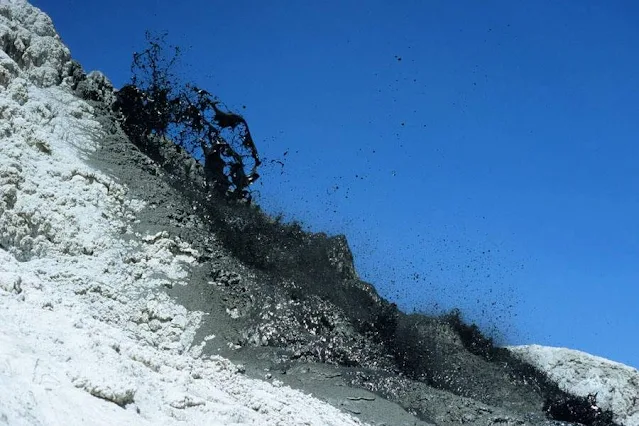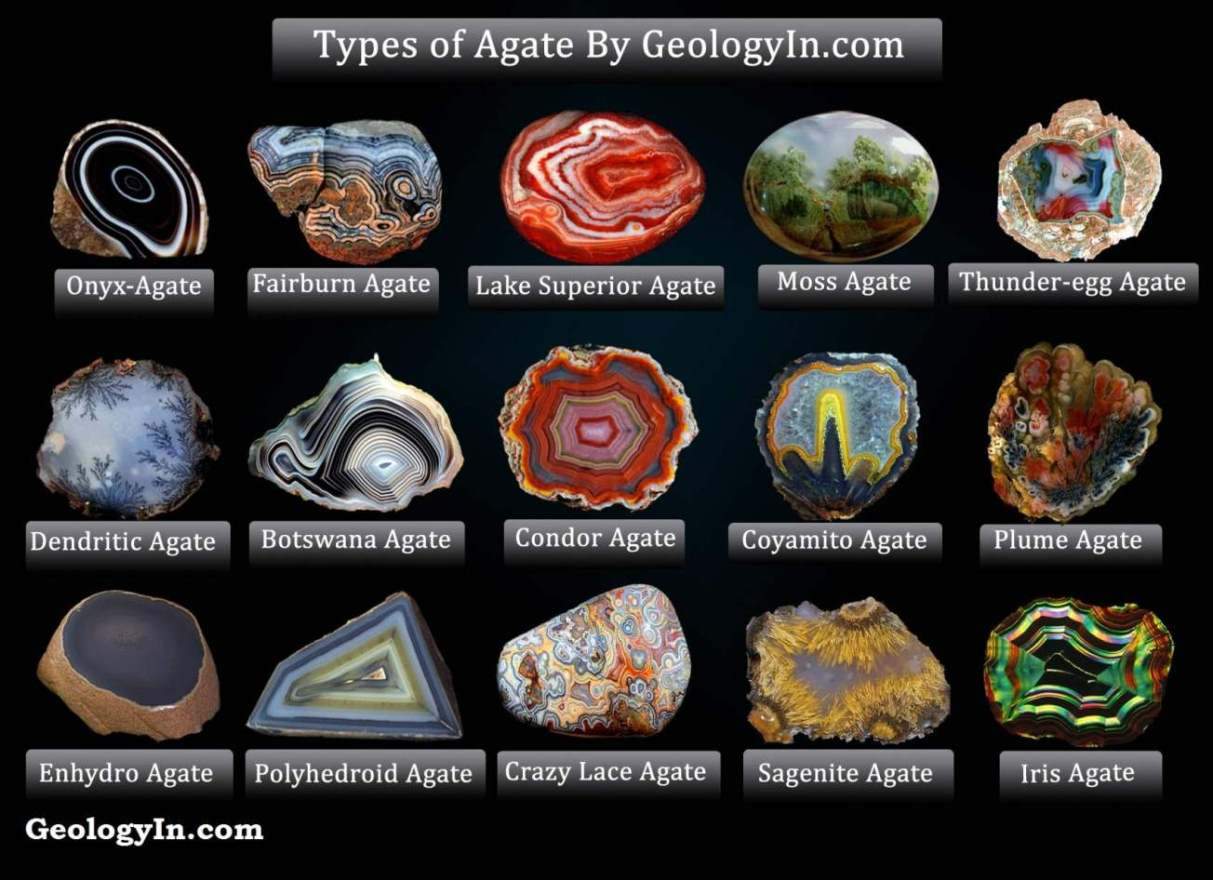'Mountain of God' the Weirdest Volcano in the World
There’s no competition – the weirdest volcano in the world is definitely in Tanzania. It is the only active volcano known to erupt carbonatite lava, a sensational discovery scientists made as recently as in the 1960s, the lavas it erupts are NOT melts based on silica, but on natroncarbonate!
Named Ol Doinyo Lengai – meaning “Mountain of God” in the local Maasai language – it erupts lava so cool that someone once fell into it and survived.
Its lava erupts at temperatures never exceeding 510°C (950°F), far below the minimum for basalt (1,000°C/1,832°F), one of the most common lava types on the planet. It’s so cold in fact that it’s almost always black, as there’s not enough heat radiating away from it to make it look red.
It is the only place on the planet that is currently erupting carbonatite lava, some of the strangest stuff you will ever see. These lavas are like no other lava, chock full of calcium, sodium and carbon dioxide, leading to some of the odd properties of these eruptions.
 |
| Ol Doinyo Lengai lava flow. |
However, the ultimate source of these carbonatite lavas is still hotly debated — and to make it more complicated, Ol Doinyo Lengai doesn’t even erupt the usual carbonatite (if you can call any carbonatite “usual”) lava. Not only that, but carbonatites might be a good source for mining rare earth elements, so understanding how they form is going to become increasingly important.
Carbonatites are magma that are full of alkali elements — calcium, sodium, sometimes potassium — along with abundant carbon dioxide. Why is that odd? Most terrestrial magma is silicate, that is to say that much of the magma is made from bonded chains of silicon and oxygen. Even what we’d call “low silica” magma like basalt has 45 weight percent silica (SiO₂) and “high silica” magma like rhyolite can be over 70 weight percent silica.
Now, these carbonatite magma (made mainly of CaCO₃ — calcium carbonate) are so saturated in alkali elements that they only have a few to less than a quarter weight percent silica! Instead, the bulk of the mass of the magma is composed on mainly calcium, CO₂ (and in the case of Ol Doinyo Lengai, sodium).
 |
| Ol Doinyo Lengai, Tanzania, East African Rift. Photo: Guido Simonetti |
This has real consequences for the behavior of the magma. Those chains of silica in silicate magma are what give it some of its strength, where even the runniest basaltic lava is, in fact, quite viscous — remember the sampling a basaltic lava flow at Tolbachik to see how sticky basalt can be. However, without the chains of silica to give the magma structure, carbonatite magma can have much lower viscosity, allowing for the strange “garden hose” eruptions that exemplify activity in the crater of Oldoinyo Lengai.
The lack of structure and its composition also allows for carbonatite magma to erupt at much cooler temperatures than silicate magma. Your run-of-the-mill basalt might erupt at 1100-1200ºC, but carbonatite lava erupts at ~480-590ºC. That is likely a few hundred degree cooler than even the coolest silicate magmas (rhyolite).
 |
| Photo: photovolcanica.com |
Carbonatite lavas even weather differently than silicate lavas. They are composed on carbonate minerals like calcite (or even strangest minerals like nyerereite and gregoryite), so when exposed to water or even humid atmosphere, they break down quickly. This gives Oldoinyo Lengai its unique coloration, where dark carbonatite lavas erupt black to grey but after cooling at weather, appear stark white.
Most lava flows across a flat plateau at speeds rarely exceeding 10 kilometers per hour (about 6 miles per hour), meaning that it’s not difficult to simply step out of its way. Ol Doinyo Lengai’s lava can easily outpace a human’s running pace – so it’s a good thing it rarely undergoes a powerful, voluminous eruption.
 |
| Explosion of carbonatite lava on Lengai. Photo: photovolcanica.com |



%20(1).webp)





